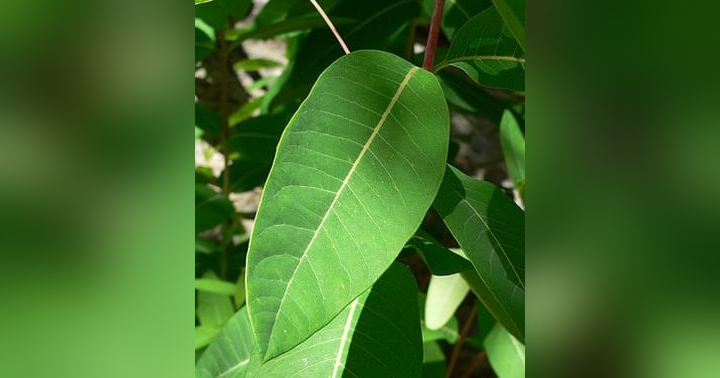A California Icon

California Poppy
Eschscholzia californica
“These too are of a burning color–not orange, not gold, but if pure gold were liquid and could raise a cream, that golden cream might be like the color of the poppies.”
-John Steinbeck, East of Eden
The first field trip I remember attending as a child was to a regional park in Fairfield to see wildflowers in bloom. I was six years old, and my first grade teacher, aptly named Mrs. Wright, was determined that we would see the poppies and lupines blanketing the blue oak savanna that spring.
I sat over the wheel well in the bus, my small feet finding perfect purchase, vibrating for the duration of the forty minute drive. When I climbed out again, I saw lupines for the first time. And although I also saw poppies glinting across the hills that day, this wasn’t my first experience with them.
For me, and probably for many Californians, poppies predate conscious thought. We learned the look and feel of them in diapers, well-meaning adults barking at us not to pick them each time we extended our little fingers in their direction. The urgency of those commands, paired with the molten gold of the blooms and their silky, oh-so-touchable petals made them unforgettable and lent them a certain illicit appeal.
But while many of us can readily identify our state flower, and though we see it blooming abundantly across the state each year, few Californians know much about it.
Even the tidbit most often shared about poppies, that it’s illegal to pick them, turns out not to be entirely true. In reality, it’s illegal to pick any wildflower on public land but perfectly legal to pick poppies in your own yard.
So how can we get to know these flowers better? How can we be good neighbors to them? What can we learn from them?
It can be helpful to know a handful of facts to provide context, direct our attention, and get to know these plants better. Here are a few things I’ve picked up along the way:
- Poppies have deep tap roots, their orange color in horizontal symmetry with the blooms, that allow them to access deeper sources of water during the dry months.
- The little green dunce caps covering the flowers before they bloom are actually two fully fused sepals.
- Poppies close at night and on cloudy days.
- Some California tribes have used poppy pollen as face or body paint, and the plant has been used as a traditional medicine by some Indigenous people and herbalists.
- Poppies became the state flower in 1903 (other contenders were the mariposa lily and the matilija poppy).
- While poppies do offer pollen to passing bees, they don’t have nectar.
- They can be annuals or perennials, depending on the climate.
- Famously, poppies use an explosive method to spread their seeds, a process known as ballistic dispersal, which can send the tiny spheres as far as six feet away from the parent plant.
And while I think it’s important to download a bit of information about the species around us into our brains, my best suggestion for getting to know poppies more deeply is to spend time with them. Look closely at them, feel them, smell them, plant them, tap the dried out seed pods and laugh when they explode, write stories or poems about them, ask a child what they notice about them, draw them.
Maybe by connecting more deeply with this one species, your own taproot will grow a little deeper, will protect you from drought, and will weave you more securely into the web of life all around you.
Michelle
|
|






